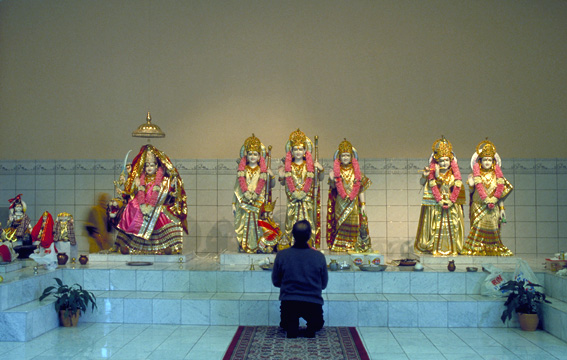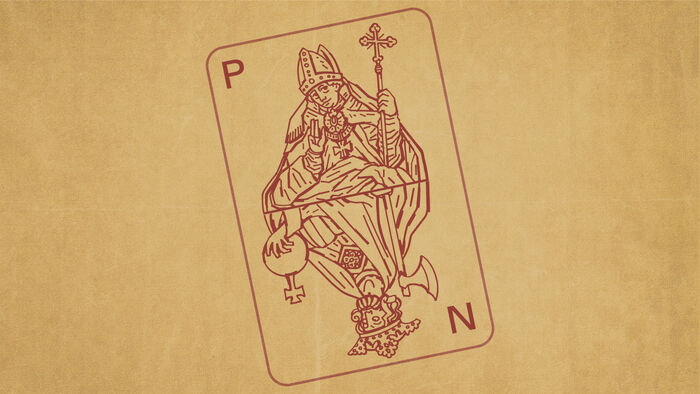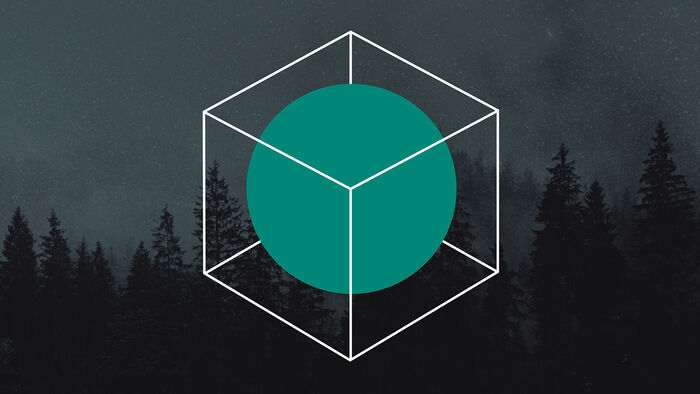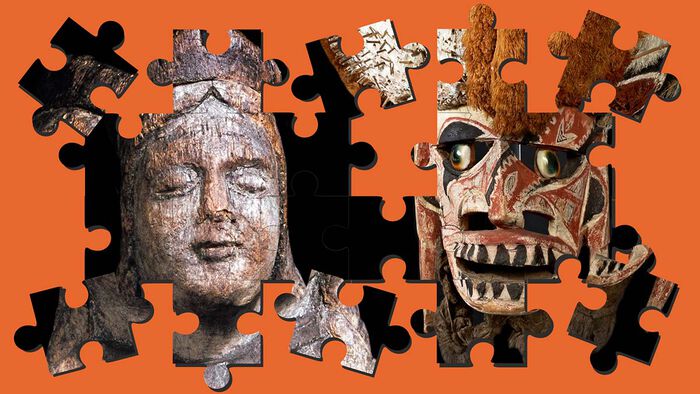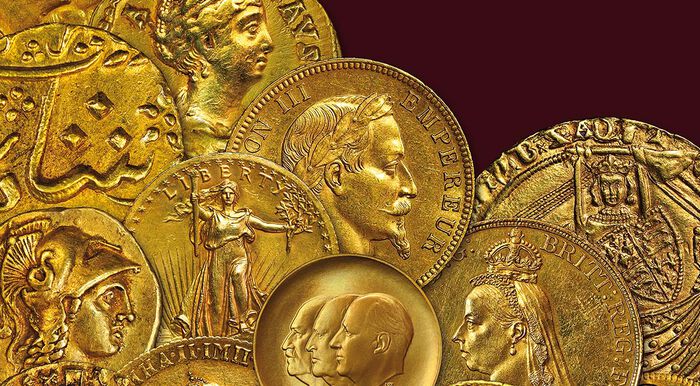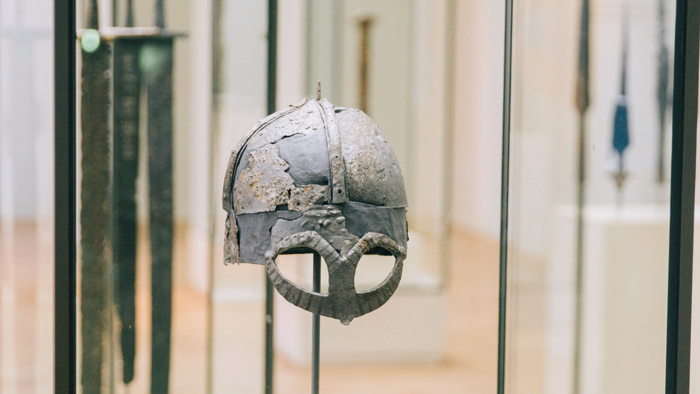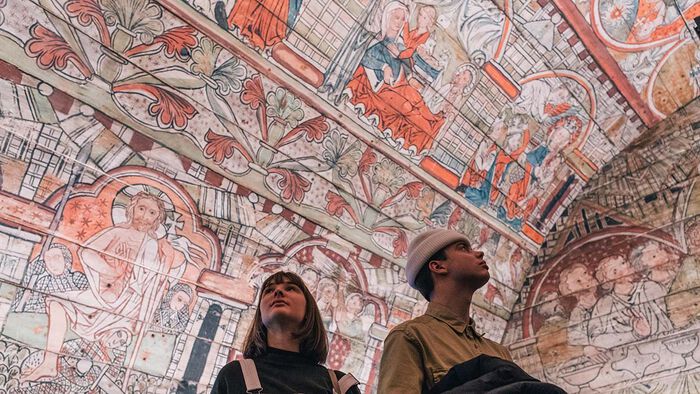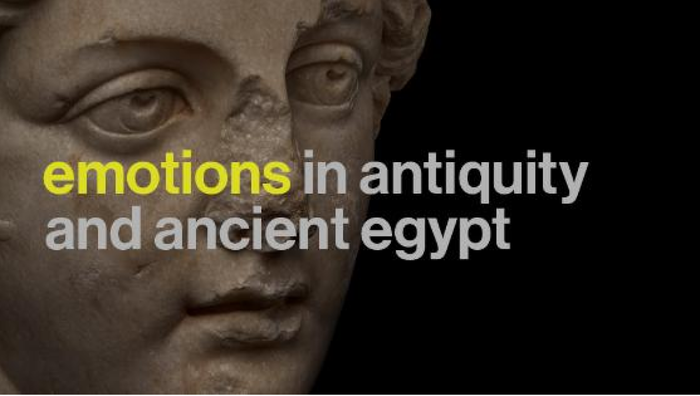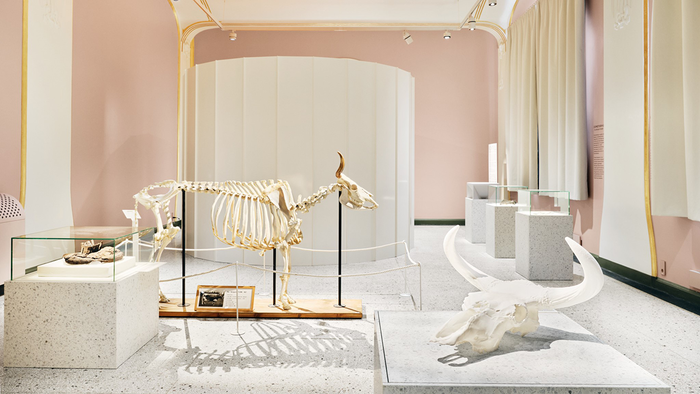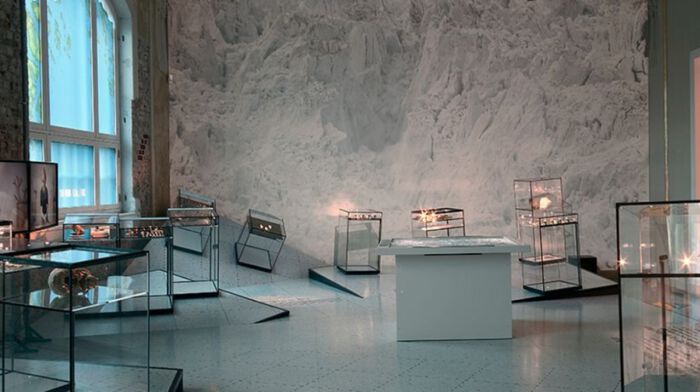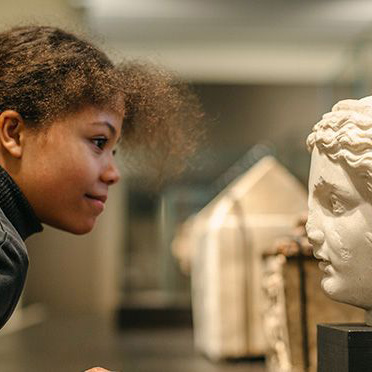Sanatan Mandir Sabha is a Hindu religious association in eastern Norway with around 900 members. In 1997, the association opened a temple at Slemmestad, outside of Oslo. The priest (pandit) from the association explained that a Hindu death-ritual in Norway is done somewhat differently than it would have been done in India, due to restrictions on where it is possible to perform cremation. However, the priest believes that it is possible to adapt the rituals to Norwegian conditions and still make sure that the spirit of the dead person is correctly released from its body.
Hindus believe that humans are born again and again according to their karma, until they finally gain respite - moksha. By living a life of value without sin, it is possible to come closer to moksha, and perhaps be reborn in a higher form in the next life. To drink or bathe in water from the holy river Ganges contributes to rinsing oneself from sin.
An Indian woman who lives in Oslo invited her elderly mother to come to Norway. Before leaving India, the mother made sure that she had bought a small container of water from the Ganges. "If I am in danger of dying, remember to drip a few drops of this water on my lips", the mother said.
When death approaches, the sick person will be lifted out of their bed and laid on the floor with their head towards the north. Relatives gather around the dying person, dip a leaf of sweet basil in water from the Ganges or milk, an place this on the lips of the dying person while they sing holy songs and read holy texts. To enter death with all of ones senses alive is considered ideal, and many Hindus will refrain from taking medication when they feel that their time is up.
After death, the dead person is ritually washed by family members, and wrapped in white cloth on the floor, but with the face uncovered. To die on the ground shows respect for the earth which humans have come from, and shall also help the soul to free itself from the body after death.
The dead person is washed at home, anointed with salve of sandalwood, kum kum powder and vibuthi, and clothed in white. The body is laid in a coffin and covered with flowers before it is driven to the crematorium. In north Indian tradition, three bowls of barley flour are now prepared. The first bowl is placed on the head of the deceased before being carried into the crematorium. The second is placed on the chest during the procession from the hearse. The third is placed on the stomach after arriving in the crematorium. In the crematorium, a small candle or oil lamp (diwali lamp) is lit, which the main mourner holds in his hand while carrying a container of water on his shoulder. He circles the dead person three times, and a hole is made in the container each time he goes around.
The coffin is then moved to the cremation room. The main mourner lights a candle on top of the coffin, which symbolically lights the cremation oven. After cremation, the ashes are sent in an urn to India for spreading in the holy river Ganges.
The death ritual lasts 12 days. During this period, the mourners are ritually unclean. They do not go to the temple, and must cover all religious pictures and figures that they have in the house. Family members sleep on the floor, and eat only vegetarian food. Every morning for 11 days, the eldest son - as main mourner - receives tutelage in the ritual from the priest. On the twelfth day, possessions of the eldest son are given to charity.
Each month during the first year after the death, a pinda rice-ball and bowl of water are offered in memory of the dead person. A widow will erase her marriage mark (sindoor) and clothe herself in white the first year after her husband's death. Sons will hold a memorial service each year on the day of their father's death as long as they are alive.
